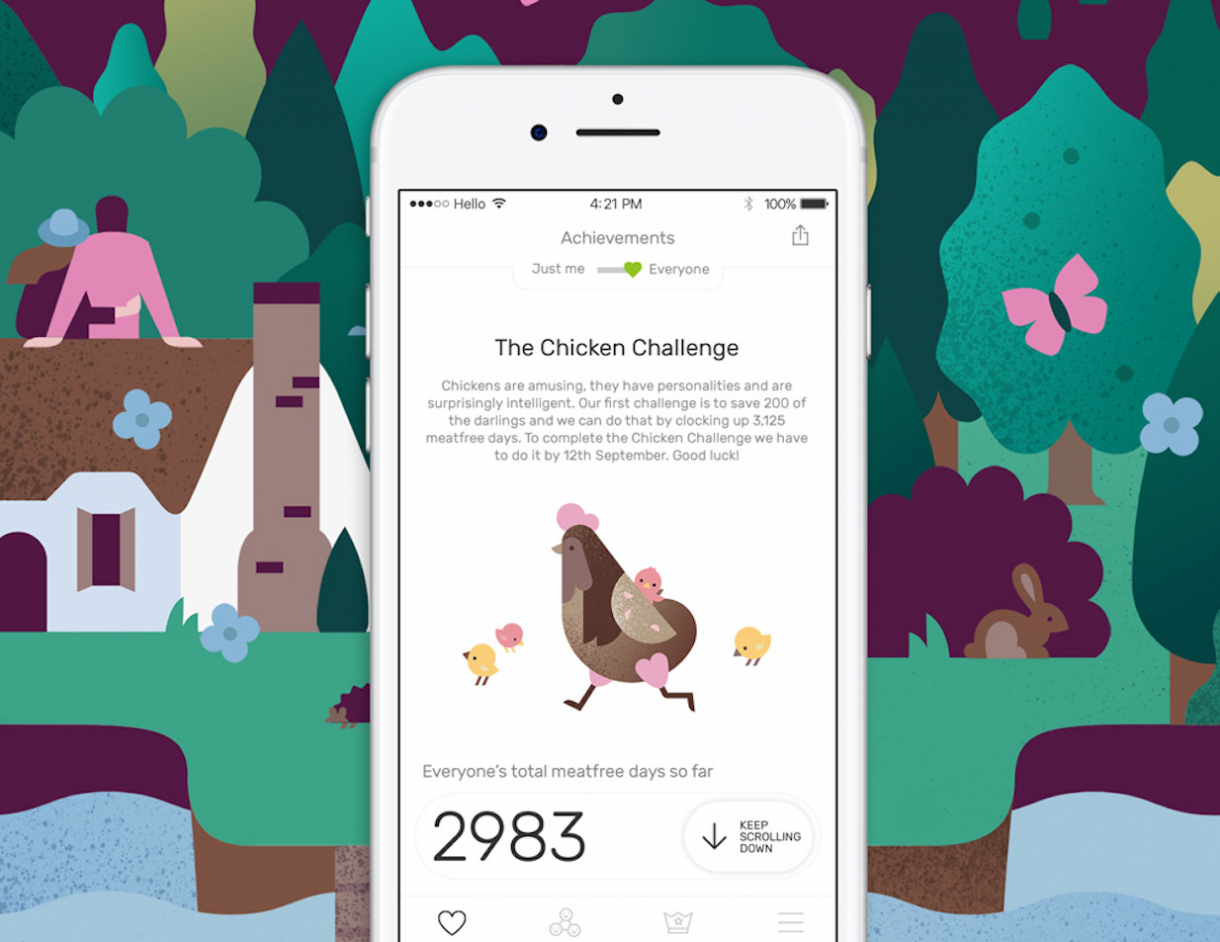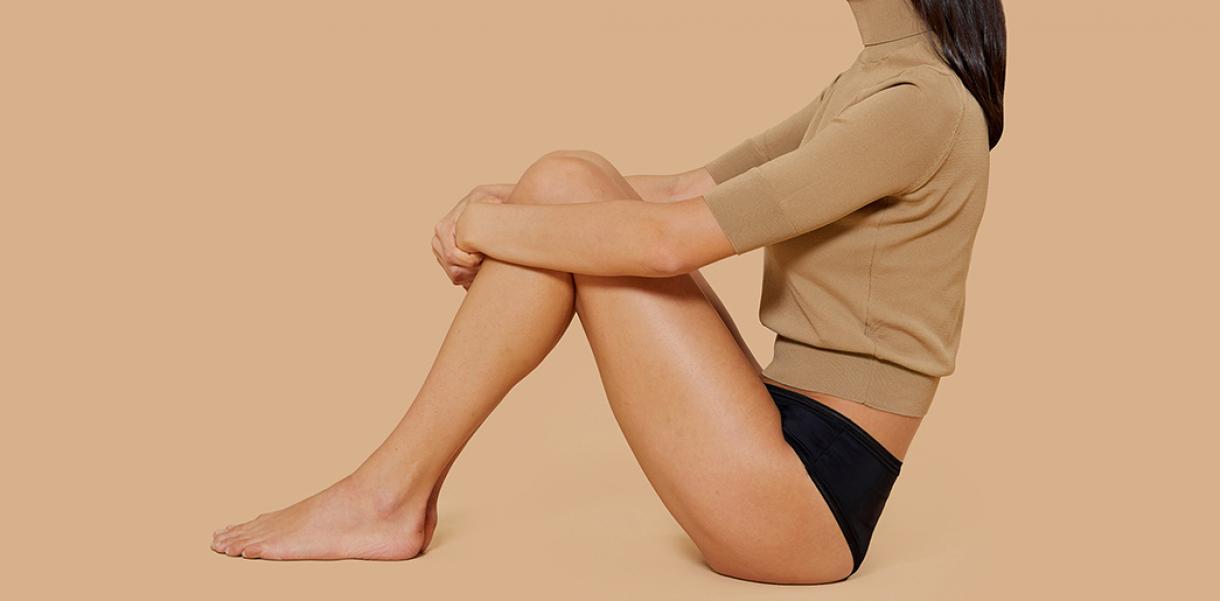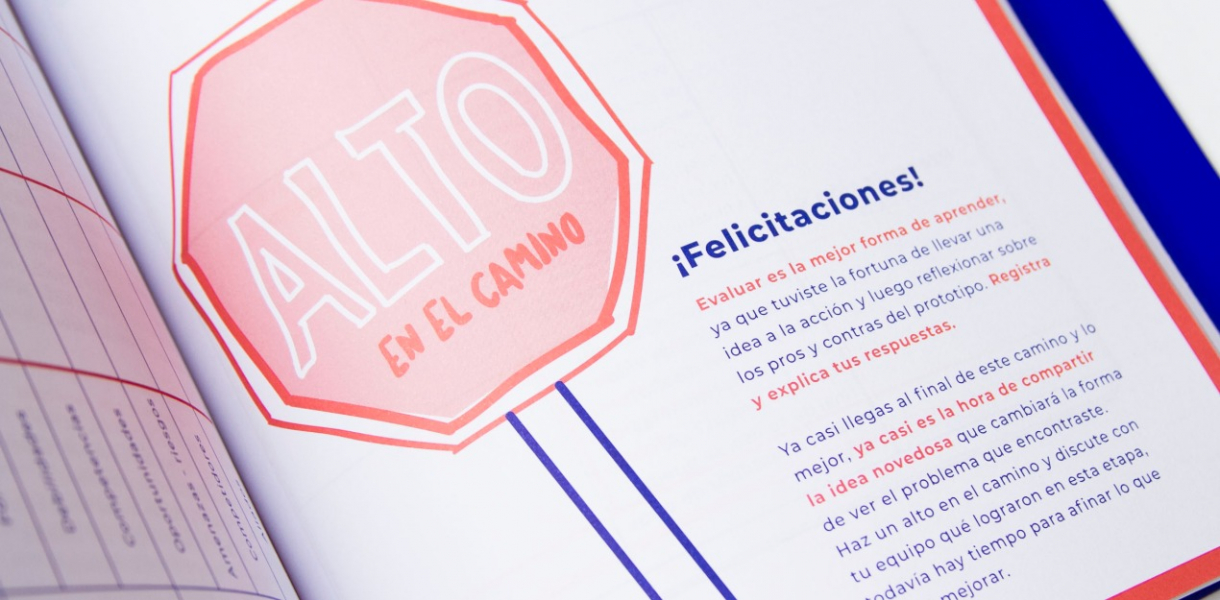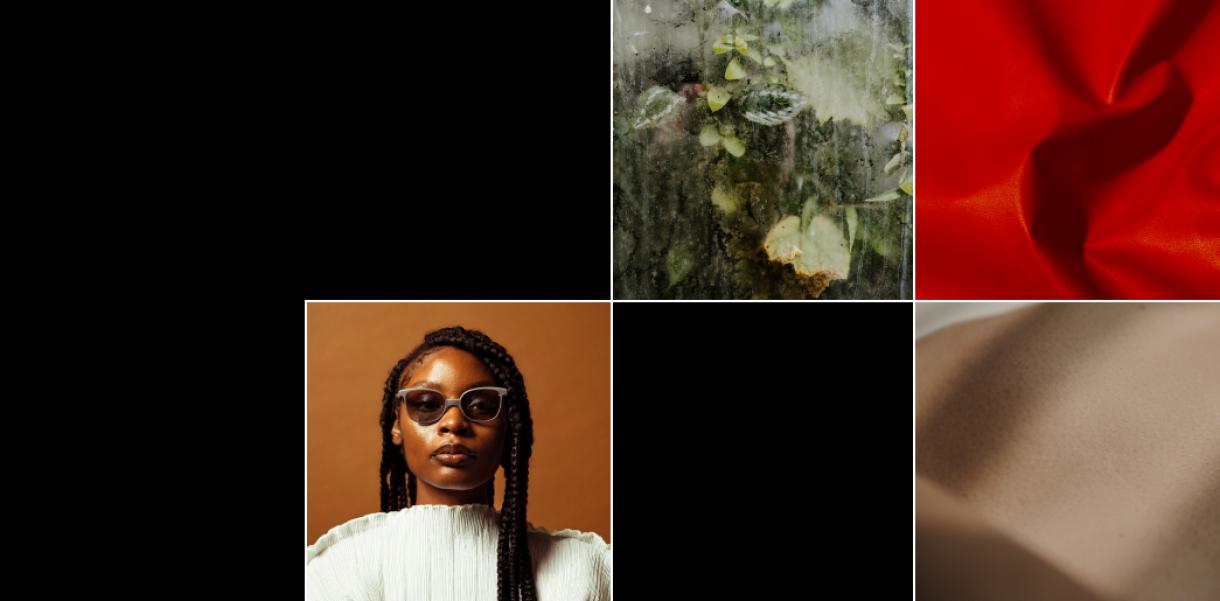Nothing lasts forever, and that means water, fossil fuels and livestock too. Populations grow, the demand for food, energy and electricity too but, it’s hard for Mother Earth to keep it up. Why don’t we make most of what we already have?
Rethinking how we fully utilise and preserve our resources is a design challenge many are eager to take on. So eager, that it was quite the trend in this year's award cycle. We’ve dived into some of them.
Apps like The Darwin Challenge App is a hub for a community of change. It encourages users to stop eating meat with small virtual rewards. Every day you go meat-free, you see an increase in areas such as lifespan, flowing water and living animals. Meanwhile, a barren landscape on the design interface grows more fruitful to show the impact of your plant-based days. The app also showcases the online community where users can share and discuss their achievements.
The winds right outside your apartment building aren’t just a menace – they’re an energy source! If you own the O-Wind Turbine, this omnidirectional, single-axis design will harness the energy of urban winds. Whether it’s horizontal or vertical winds, the O-Wind Turbine’s rotation powers a generator that can produce electricity. It’s sustainable, local energy from an untouched resource.
The design Smartians from FROLIC Studio is very aware of our non-stop consumption and acquisition of, in this case, home appliances. Instead of practising ‘out with the old, in with the new’, Smartians breathe new life into your ‘old’ objects. The small cloud-connected motors, controlled through an app, can push, press, pull and turn on appliances to control lights, feed your fish, water plants or brew your morning coffee.
In Germany, where this next design is from, less than half of a slaughtered animal makes it onto our plates or is used in other products. The other half, more or less, goes straight into the trash. Designer Tobias Trübenbacher is challenging us to think about this waste and teach us how to appreciate the whole animal and not just the tasty parts. His Inner Values’ benches consist of soft leather, made out of treated cow intestines and pig bladders. By turning these materials into something inviting, like a chair, Trübenbacher brings new value to these discarded objects.
-
Banner image: Tobias Trübenbacher









